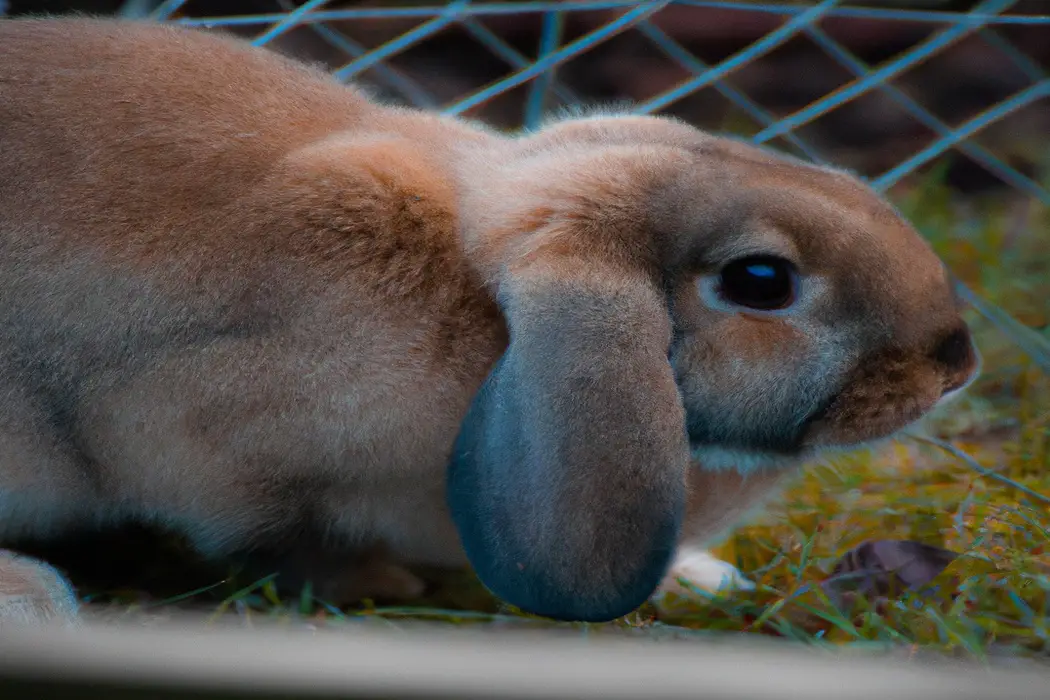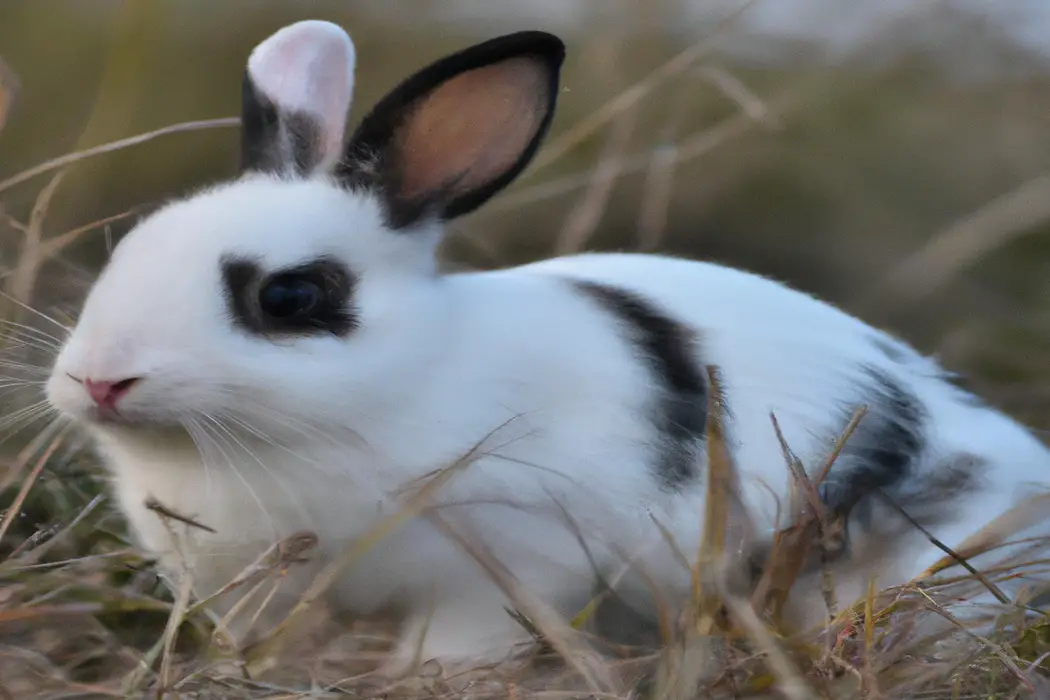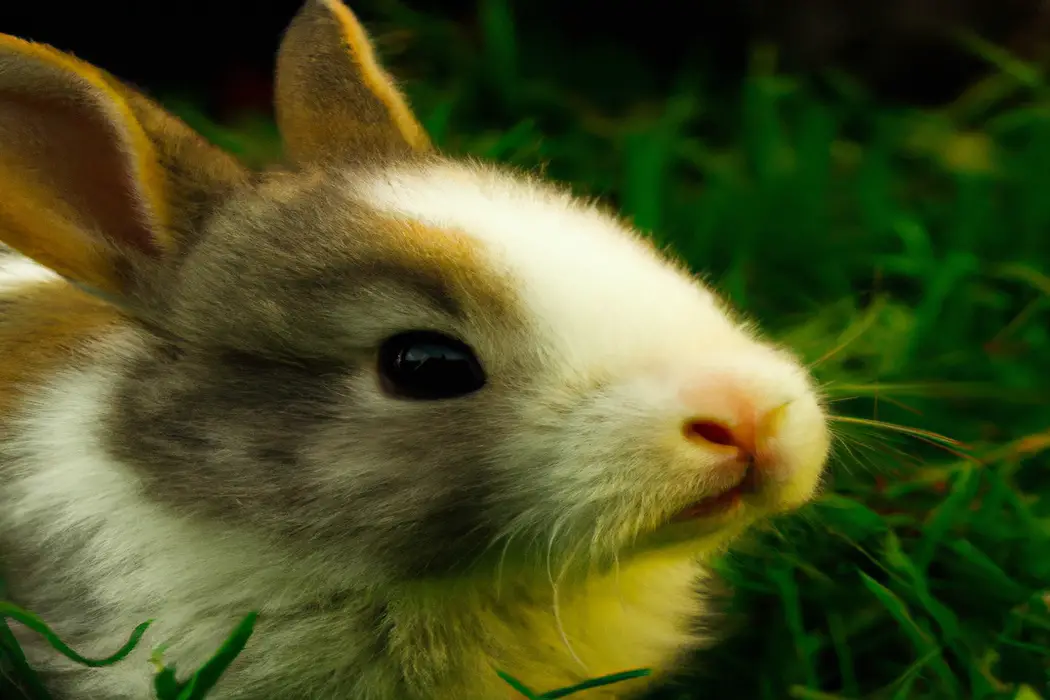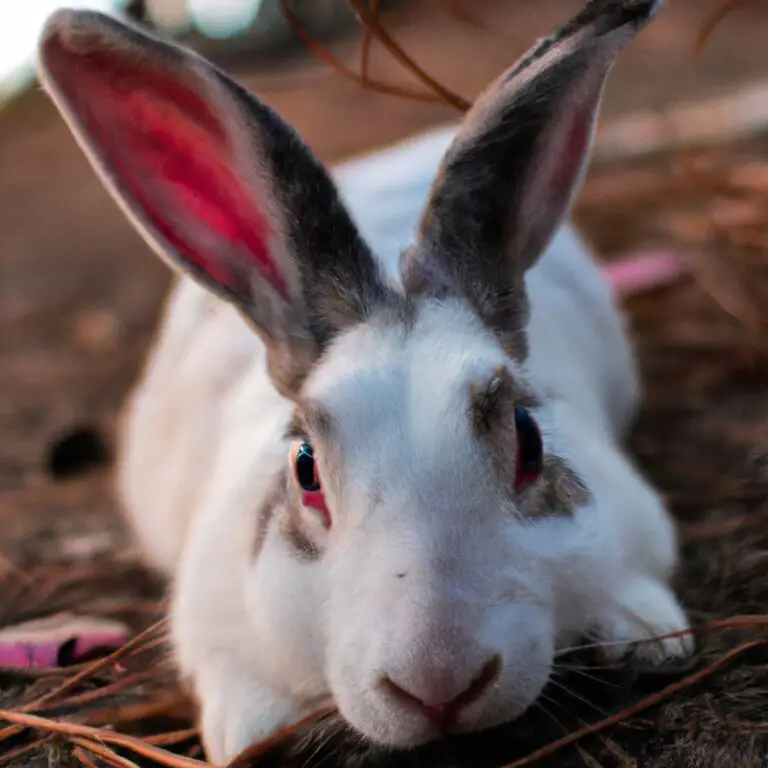How Small Of a Hole Can a Rabbit Fit Through…and Escape?
Key Takeaways:
- Rabbits can fit through holes that are smaller than their own body size.
- The flexibility of a rabbit’s spine allows them to contort and squeeze through narrow openings.
- Rabbits have the ability to flatten their bodies to fit through tiny gaps.
- It is surprising how small of a hole a rabbit can fit through due to their adaptability.
Ever wondered just how small of a hole a rabbit can squeeze through? Prepare to be amazed by the extraordinary abilities of these furry creatures.
In this article, we’ll delve into the anatomy, adaptations, and behaviors that allow rabbits to navigate tight spaces with surprising ease.
From their unique physical characteristics to their remarkable squeezing abilities and flexible bodies, we’ll explore the factors that determine the smallest hole a rabbit can fit through. So, if you’re curious about the limits of rabbit maneuverability and the potential risks involved, let’s hop right in and find out!
| Hole Size (inches) | Possibility |
|---|---|
| 2 | No problem for most rabbits |
| 1 | May fit through with some struggle |
| 0.5 | Unlikely to fit through, may get stuck |
| 0.25 | Too small to fit through |
The Anatomy and Adaptations of Rabbits
Rabbits have unique physical characteristics and adaptations that allow them to thrive in their environments.
Understanding the Physical Characteristics of Rabbits
Rabbits have several unique physical characteristics that help them survive in their environment.
- Size: Rabbits are small animals, typically weighing between 2 to 11 pounds, with a body length of around 8 to 20 inches.
- Ears: One of the most noticeable features of rabbits is their long and upright ears. These ears help them detect sounds from a distance and also regulate their body temperature.
- Teeth: Rabbits have sharp, continuously growing teeth. This adaptation allows them to efficiently chew on their vegetarian diet, which primarily consists of grass and other plant materials.
- Fur: Their soft, dense fur serves as insulation from both cold and heat. Some rabbit breeds also have different coat colors and patterns, providing additional camouflage in their natural habitats.
- Powerful hind legs: Rabbits have strong hind legs, which enable them to make quick escapes from predators. They can run up to 30 miles per hour and make sudden jumps up to three feet high.
- Adapted digestive system: Rabbits are herbivores with a specialized digestive system. They have a unique ability to digest plant material by fermenting it twice, extracting maximum nutrition from their diet.
Understanding these physical characteristics helps us appreciate rabbits’ unique adaptations and how they have evolved to thrive in their natural habitats.

Unveiling the Unique Adaptations of Rabbits
Rabbits have several unique adaptations that help them survive in their environment. One of their key adaptations is their powerful hind legs, which allow them to run and jump quickly to evade predators.
Another adaptation is their strong teeth, which continuously grow throughout their lives to help them chew through tough vegetation.
Rabbits also have large eyes positioned on the sides of their heads, providing them with a wide field of vision to spot predators. Additionally, their ears can rotate independently, helping them identify the source of sounds and potential threats.
These adaptations collectively make rabbits highly adaptable and successful in various habitats.

Rabbit Behavior and Navigational Skills
Rabbits have innate behaviors and skills that contribute to their navigation and movements.
Examining the Natural Behaviors of Rabbits
Rabbits have unique natural behaviors that are worth examining.
These behaviors include burrowing, hopping, nibbling, and hiding.
Rabbits are known for their ability to dig burrows underground, seeking shelter and safety.
They are also skilled at hopping, using their strong hind legs to navigate their surroundings quickly.
Nibbling is another natural behavior of rabbits, as they constantly need to chew to keep their teeth from overgrowing.
Lastly, rabbits have a strong instinct to hide, using their surroundings as camouflage against predators.
Understanding these natural behaviors can help us provide a suitable environment for our furry friends.

Insights into Rabbit Navigational Abilities
Rabbits are fascinating creatures with impressive navigational abilities.
They rely heavily on their acute sense of smell and excellent hearing to navigate their surroundings.
Their vision aids them in detecting potential dangers and finding food sources.
Rabbits also possess strong memory skills, enabling them to remember paths and familiar locations.
Their ability to squeeze through tight spaces, aided by their flexible bodies, allows them to navigate and explore various environments.
With these navigational abilities, rabbits can find food, locate shelter, and avoid predators in their natural habitats.
Rabbit Squeezing Abilities and Flexibility
Rabbits possess impressive squeezing abilities and remarkable flexibility.
Investigating the Squeezing Capabilities of Rabbits
Rabbits have an amazing ability to squeeze through small spaces due to their flexible bodies. Their slender shape and ability to contort themselves allow them to fit through narrow openings.
The squeezing capability of rabbits is due to their strong bones and cartilage, which can be compressed to a certain extent.
Their agility and dexterity contribute to their squeezing abilities as well. However, it is important to note that rabbits cannot fit through extremely tiny holes, as they still require a minimum amount of space to maneuver.
So while they can navigate through tight spots, there are limits to their squeezing capabilities.
Delving into the Flexible Nature of Rabbit Bodies
Rabbits are known for their incredibly flexible bodies.
Their skeletal structure is designed in such a way that allows them to squeeze through tight spaces.
With their ability to flatten their bodies, twist, and contort themselves, rabbits can fit through very small holes.
This flexibility enables them to navigate their environment and escape potential threats.
The pliable nature of a rabbit’s body is truly remarkable and showcases the adaptability of these amazing creatures.
Factors that Determine a Rabbit’s Ability to Pass Through Holes
Two factors that determine a rabbit’s ability to pass through holes are size and weight considerations, as well as limb and body positioning.
Size and Weight Considerations
Size and weight are important factors when determining whether a rabbit can fit through a hole.
Rabbits are flexible and can squeeze their bodies through narrow spaces.
However, their size can limit their ability to pass through smaller holes.
Additionally, a rabbit’s weight can impact its ability to navigate tight spaces.
It’s important to keep these considerations in mind when determining if a hole is too small for a rabbit to pass through.
Limb and Body Positioning
The limb and body positioning of a rabbit is crucial when determining its ability to pass through holes.
Rabbits are incredibly flexible and can contort their bodies to fit through tight spaces.
By bending their legs and tucking their ears back, rabbits can squeeze through surprisingly small openings.
Additionally, their ability to move their limbs independently allows them to navigate obstacles with ease.
So, when it comes to fitting through narrow holes, a rabbit’s limb and body positioning play a significant role.
The Practical Limitations of a Rabbit’s Squeezing Abilities
Rabbits have limitations when it comes to squeezing through small spaces.
Exploring Realistic Scenarios and Limitations
Exploring realistic scenarios and limitations is essential when considering how small of a hole a rabbit can fit through.
While rabbits are known for their ability to squeeze through tight spaces, there are practical limitations to their agility.
Factors such as the size of the rabbit, the flexibility of its body, and the size of the hole all play a role in determining its ability to fit through.
Additionally, rabbits have limits to how much they can compress their bodies, so extremely tiny holes may not be feasible for them to navigate.
Frequently Asked Questions
Can a Rabbit Fit through a Small Hole?
Yes, a rabbit can fit through a small hole.
Rabbits are known for their ability to squeeze through tight spaces.
They have flexible bodies and can contort themselves to fit through narrow openings.
However, the size of the hole will determine if a rabbit can pass through it.
It’s important to make sure that holes or gaps in fences are small enough to prevent rabbits from escaping or entering areas where they shouldn’t be.
How Small of a Hole Can a Rabbit Fit Through?
Rabbits are remarkably agile and can fit through very small openings. They have a flexible skeleton that allows them to squeeze into tight spaces.
Generally, a rabbit can fit through a hole or gap that is about the size of its head.
However, their size and flexibility also depend on the breed and individual rabbit. Always ensure that any openings in your home or garden are too small for a rabbit to prevent escapes or unwanted entry.
Are There Any Risks Associated with Rabbits Squeezing through Small Holes?
Rabbits squeezing through small holes can pose several risks.
Firstly, they may get stuck in tight spaces and experience injuries or struggle to breathe.
Secondly, they might encounter predators or dangerous objects while trying to escape.
Additionally, rabbits can potentially damage furniture, wires, and other household items if they wander into restricted areas.
It’s important to ensure that your home is bunny-proofed and free of small openings to prevent these risks.
Regularly inspecting your surroundings can help keep your furry friend safe.
Final Verdict
Rabbits possess remarkable anatomical adaptations and behaviors that allow them to navigate through small spaces. Their flexible bodies, ability to squeeze through tight openings, and exceptional navigational skills make them highly adept at maneuvering through narrow gaps.
However, while rabbits can fit through surprisingly small holes, there are practical limitations based on their size, weight, and limb positioning.
It is essential to consider the risks and safety concerns associated with rabbits squeezing through small holes and provide them with a secure and suitable environment. Overall, understanding a rabbit’s abilities and limitations can help ensure their well-being and prevent potential accidents or escapes.







